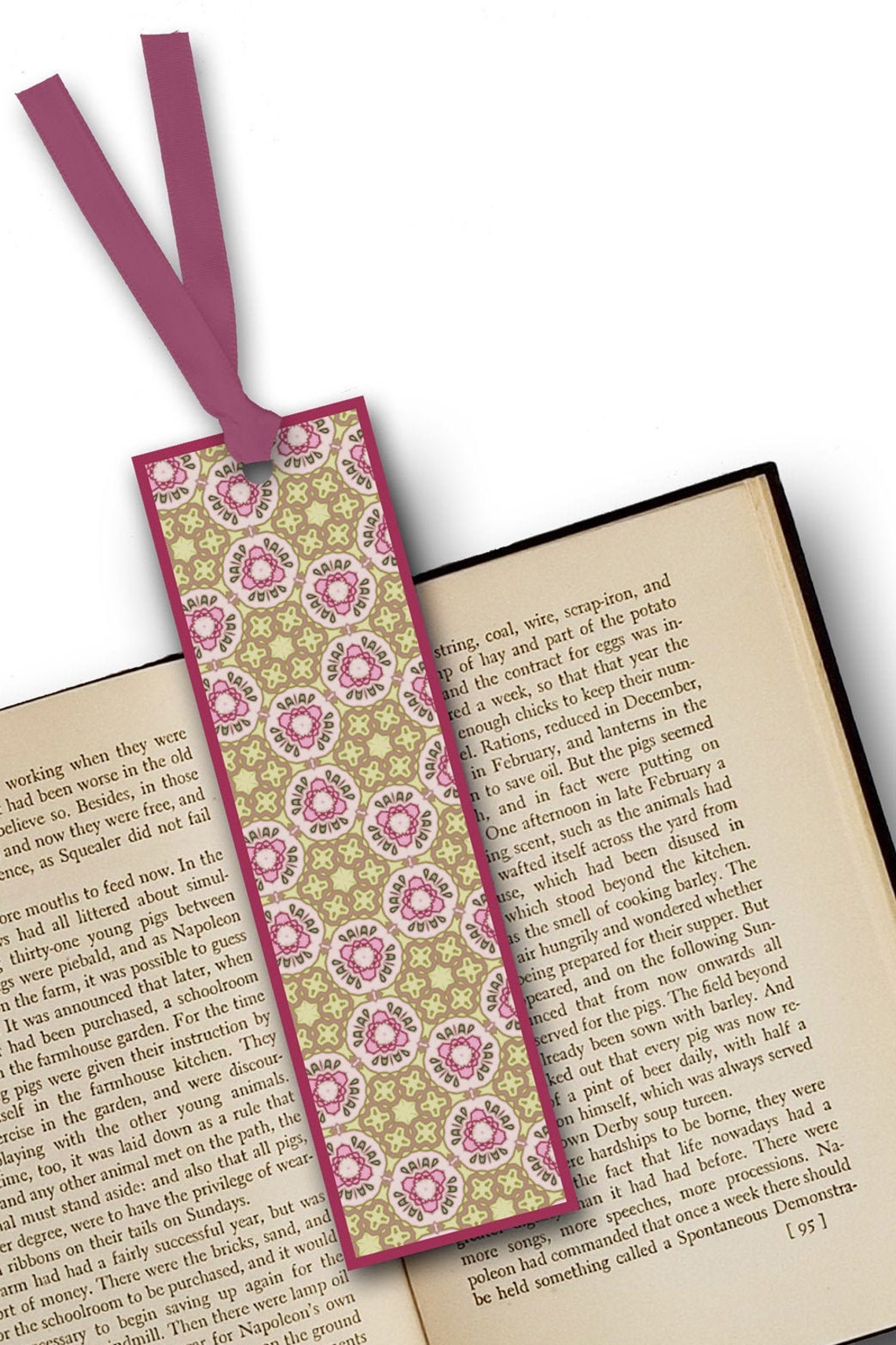
To make the cover open easily, lightly score the BACKSIDE of the cover about an inch from the binding edge to make it easy to bend back. You can also cut out a piece of lightweight plastic from an old folder for the back cover. Select heavyweight card stock or chipboard for the back. Place your selected and trimmed artwork on top as the front cover. Get creative! If you include envelopes make sure to rotate them so that the bottom of the envelope is along the binding edge and you can open and close the envelope Alternatively if you want to create sections of your book you may want to keep the same type of papers together. Step Four: Assemble your book. Depending on how you want the final book to look you can vary the paper types by shuffling them.The safest options is scissors but this method is time consuming and the edges won’t be completely straight. The easiest way is to use a paper cutter/rotary cutter but please ask an adult to help since these are dangerous! If you don’t have a paper cutter, an Exacto knife and a straightedge may be used, also with adult help/supervision. Step Three: Cut everything down to the same size.Notepads can be long and thin, diaries should be thicker and the pages should have ample writing space, etc. Otherwise think about how you will be using the book and base the size off of that. If you are including envelopes, chose the one you would like to use and base the size of your journal off of it. Step Two: Figure out the size of your journal.Assemble all the scrap paper you will be using in the book. Step One: Choose your cover and paper. Select the piece of artwork or the paper you would like to use as the cover.

Make a bunch to have handy when you need them! We will start by making a handmade journal. There are so many wonderful types of books kids can make using DIY bookbinding methods. To make a thicker book, signatures are stacked together and then bound.

Signatures: Stacks of pages bound together in small sections.Most homemade books don’t have spines thick enough to include a title on the spine but it’s something to consider. In a typical print book the title of the book is displayed on the spine so that when the book is on a shelf it can easily be identified. Spine: The side of the book where the pages are held together.The materials you can use for a cover are endless! Consider cardboard, watercolor paper, plastic sheets, cereal boxes, chipboard, old artwork, postcards, greeting cards etc. The cover is usually made from a thicker, more durable material to protect the thinner pages inside. Bookbinding does not have to be complicated! The methods in this post are easy enough for kids to use too! They will be amazed that they can make their own books at home.īefore we talk about book binding methods I want to mention a few common terms you will find in the bookbinding world: I love making books! I have made numerous portfolios for myself over the years, notebooks with the kids, accordion style books, and simple stapled notepads and I’m excited to share some super easy tips for bookmaking here today.


 0 kommentar(er)
0 kommentar(er)
